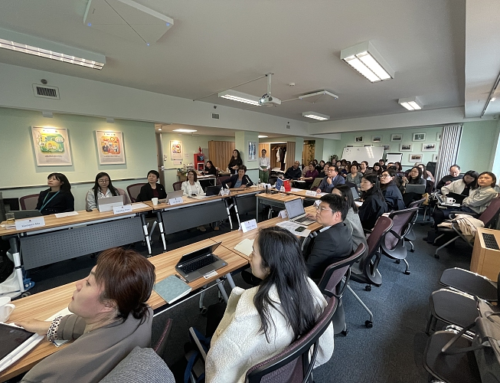On 30 June 2023, China’s State Administration for Market Regulation (SAMR) issued the Antitrust Guidelines in the Field of Standard Essential Patents (Draft for Comment) (referred to as the Guidelines) to support the newly revised Provisions on Prohibiting the Abuse of Intellectual Property Rights to Exclude or Restrict Competition (referred to as the Provisions), which will take effect on 1 August 2023. Articles 18 and 19 of the Provisions provide regulations on monopoly agreements and abuse of dominant market positions in the field of standard essential patents (SEPs), which are further detailed in the Guidelines. The Guidelines clarify the distinction between proper use of SEPs and abuse of market positions as an SEP holder, contributing to anti-monopoly efforts and protection of intellectual property rights.
The Guidelines consist of five chapters: general rules, monopoly agreements, abuse of dominant positions, concentration of undertakings, and supplementary rules. SEP-related behaviors are considered special and complex because they involve various potential monopoly behaviors throughout the process, including patent pool formation, patent licensing, profit distribution, and more. Distinguishing and defining monopoly actions in this process present challenges. To address these challenges, the Guidelines elaborate on specific monopoly behaviors and factors that should be considered.
For example, the Guidelines state that in certain cases where patent holders fail to timely and adequately disclose patent information as required by the standard development organization’s provisions, or explicitly waive their patent rights but later claim them against standard implementers, such behavior will be taken into account when determining whether it has an exclusionary or restrictive impact on market competition. Additionally, Chapter III of the Guidelines provides specific behaviors corresponding to each item listed in Article 19 of the Provisions. However, some comments have raised concerns about the Guidelines, arguing that the description of monopoly agreements in Chapter II and concentration of undertakings in Chapter IV is not as detailed as Chapter III, which provides concrete examples. This may pose challenges in practical implementation.




